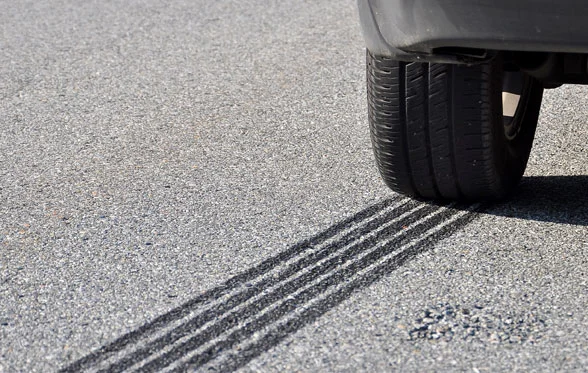After many months of discussion and negotiation, the new European Union requirements on real driving emissions (RDE) have finally been published. These new requirements, which introduce a new "on road" exhaust emissions test, have been introduced into EC Regulation No. 692/2008 on light duty vehicle emissions via two separate amending Regulations; EU Regulation No. 2016/427, which was published on 31st March 2016, and EU Regulation No. 2016/646 which was published on 26th April 2016.
The real driving emissions (RDE) requirements have been specifically developed to address the discrepancy between the exhaust emissions measured in the test laboratory during type approval testing, and the exhaust emissions generated by vehicles in real driving conditions. In recent years, numerous studies into the real world emissions performance of light duty vehicles have demonstrated that the exhaust emissions in real world conditions tend to be higher than those measured in the test laboratory, especially in the case of the emissions of nitrogen oxides (NOx) from diesel engined vehicles, which have been found to be up to seven times higher than the Euro 6 limit. The European Commission believe that this discrepancy between test laboratory emissions performance and real world emissions performance, has meant that the reductions in NOx emissions limits introduced in recent years have not translated into real world improvements in air quality, and have contributed to a number of European cities failing to meet the European Union air quality standards on nitrogen dioxide. For this reason, the RDE requirements initially focus on NOx emissions performance, although they will be extended to cover particulate emissions and maybe other pollutants in the future.
The RDE requirements have been introduced into EC Regulation No. 692/2008 in a new Annex; Annex IIIA – Verifying Real Driving Emissions. This new Annex contains all of the test procedures, test equipment specifications, calibration requirements and calculation procedures to carry out RDE testing. The RDE test itself is an “on road” test on a representative vehicle fitted with a portable emissions measuring system (PEMS). The basic requirements for the route used for the RDE test are that it must have a duration of between 90 and 120 minutes, include approximately 34% urban operation (up to 60 km/h), 33% rural operation (60 - 90 km/h) and 33% motorway operation (above 90 km/h). Annex IIIA also specifies limits on a number of other conditions that must be met for the RDE test to be valid, e.g. minimum and maximum ambient temperatures, minimum and maximum altitudes, etc.
For type approval, in addition to the existing laboratory based emissions tests, the vehicle will also have to be subjected to an RDE test and meet the applicable emissions limits. Furthermore, at the time of type approval, the vehicle manufacturer must “certify” that the vehicle will meet the applicable RDE emissions limits when tested under any of the conditions permitted for RDE testing, i.e. at the extremes of ambient temperature and altitude permitted by Annex IIIA, and provide evidence to justify this.
Compliance with the RDE requirements is implemented in three phases.
In the first phase, no limits on the vehicle's emissions performance during the RDE tests are enforced. However, the results from all RDE testing must be recorded for monitoring purposes and each vehicle manufacturer must make the RDE emissions test results for their vehicles publicly available.
In the second phase, emissions limits for RDE testing are introduced. The applicable emissions limit is based on the Euro 6 limit multiplied by a "conformity factor" and, for this second phase, a conformity factor of 2.1 is specified. Therefore, the applicable RDE NOx emissions limit for an M1 category vehicle is 60 mg/km x 2.1 = 126 mg/km.
In the third phase, the "conformity factor" is reduced to 1.5. Therefore, the applicable RDE NOx emissions limit for an M1 category vehicle is 60 mg/km x 1.5 = 90 mg/km.
The mandatory introduction dates for these three phases are given in the table below:
| M1 and M2 category vehicles, and N1 category vehicles of Class I (i.e. reference mass ≤ 1305 kg) | N1 category vehicles of classes II and III (i.e. reference mass > 1305 kg) and N2 category vehicles | ||
|
First phase (monitoring only) |
New type approvals | 20th April 2016 | 20th April 2016 |
| All new vehicles | 1st September 2018 | 1st September 2019 | |
|
Second phase (Conformity factor = 2.1) |
New type approvals | 1st September 2017 | 1st September 2018 |
| All new vehicles | 1st September 2019 | 1st September 2020 | |
|
Third phase (Conformity factor = 1.5) |
New type approvals | 1st January 2020 | 1st January 2021 |
| All new vehicles | 1st January 2021 | 1st January 2022 | |
